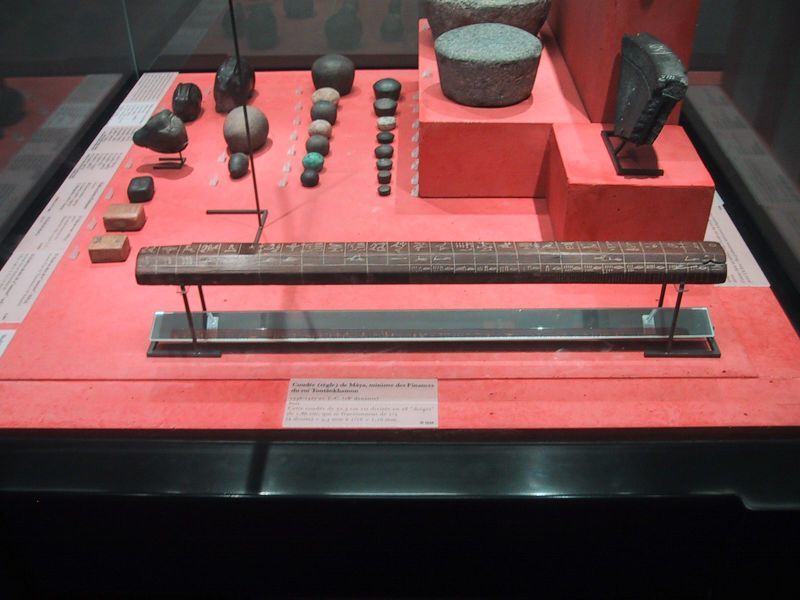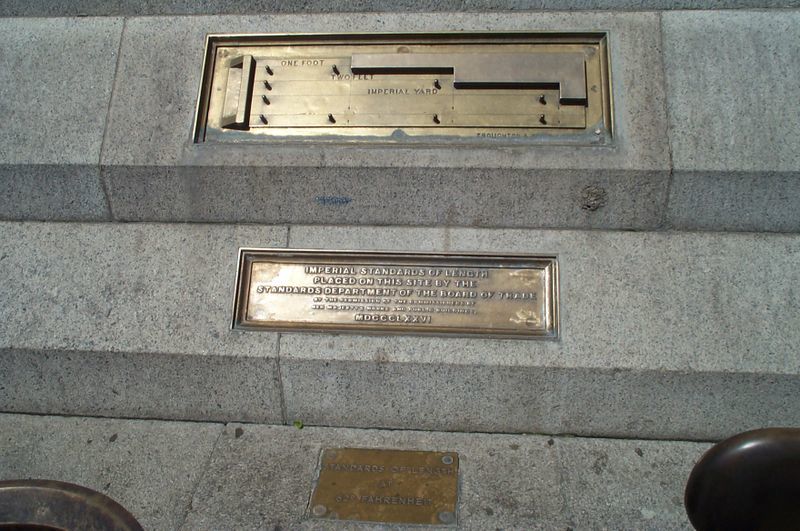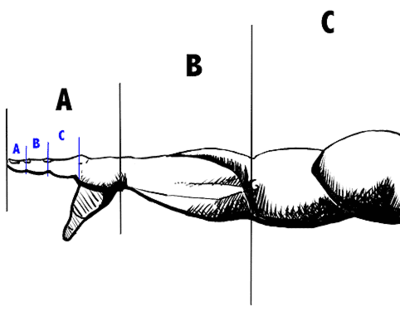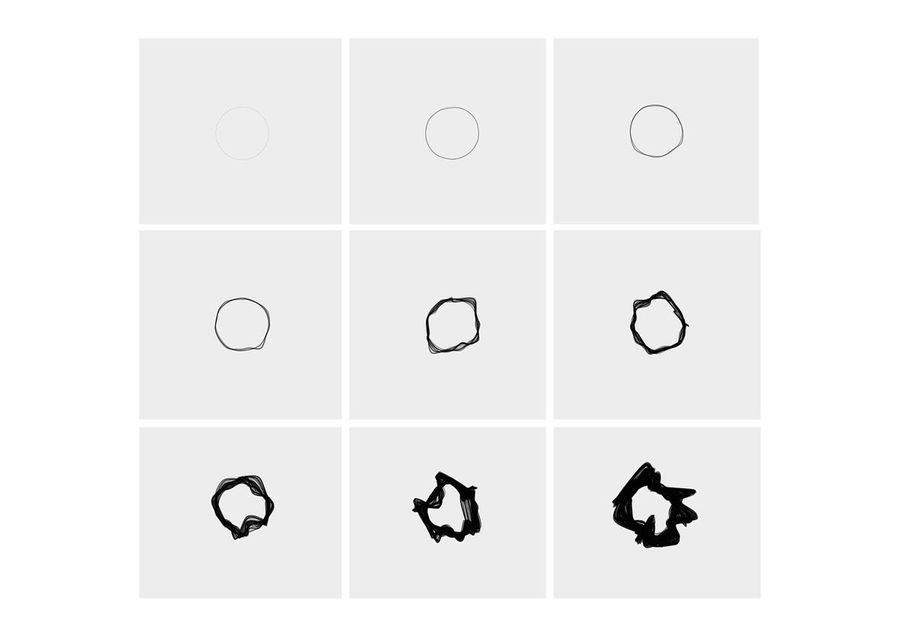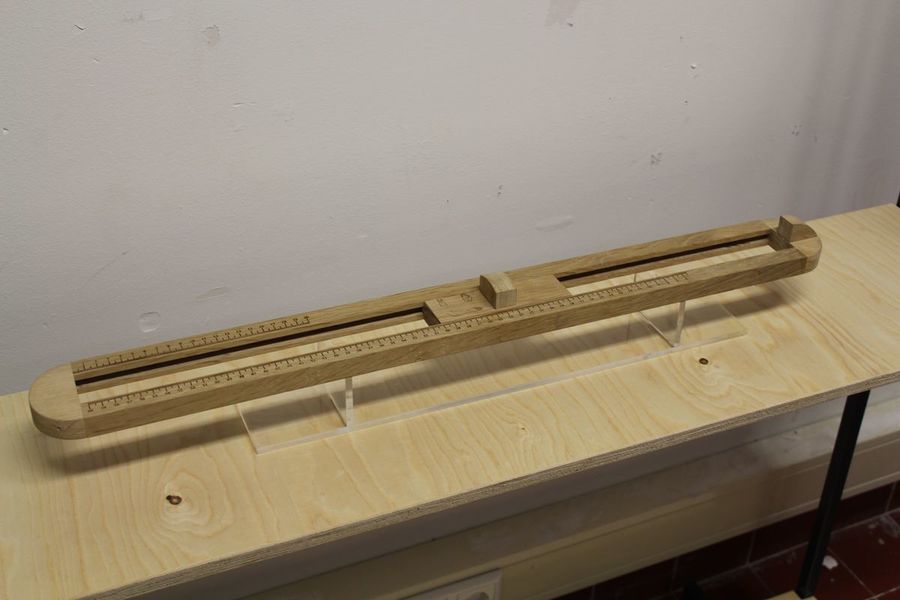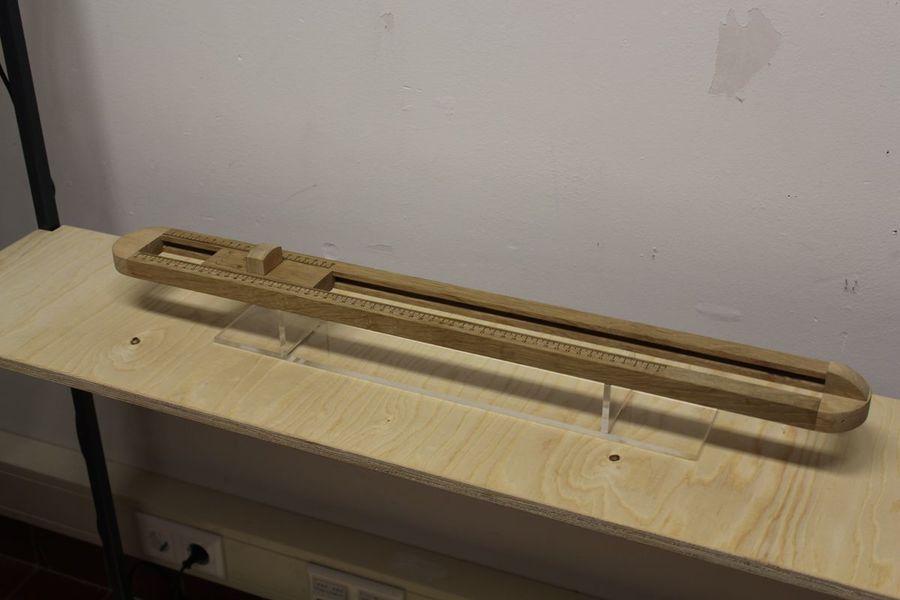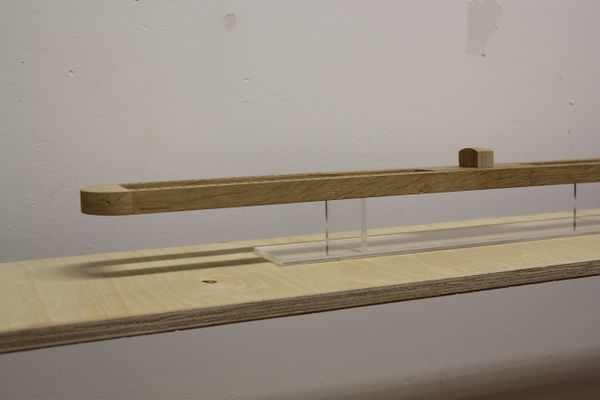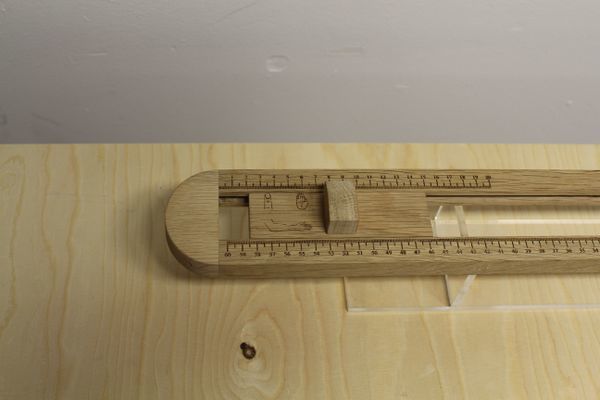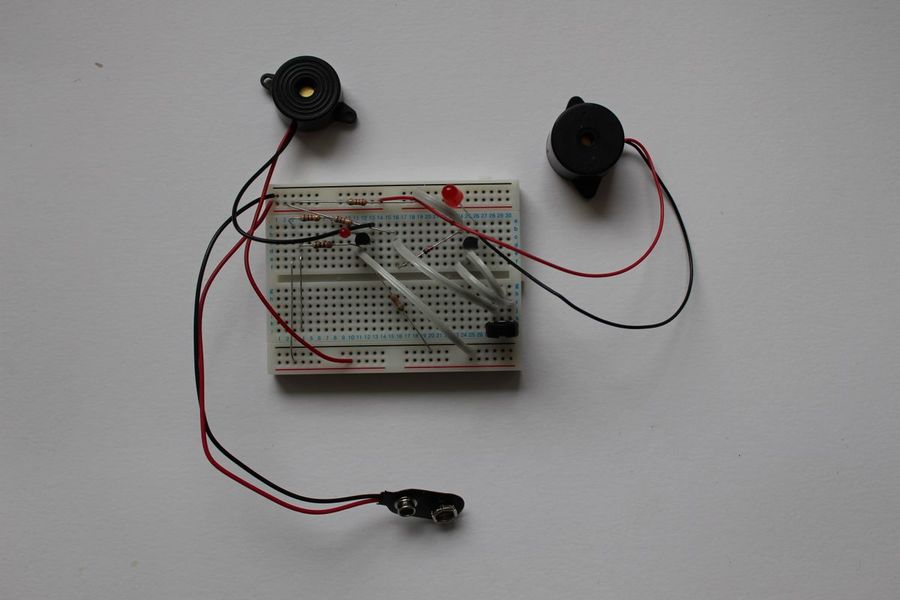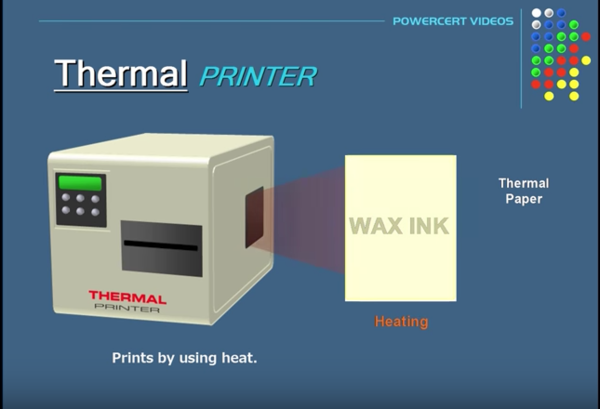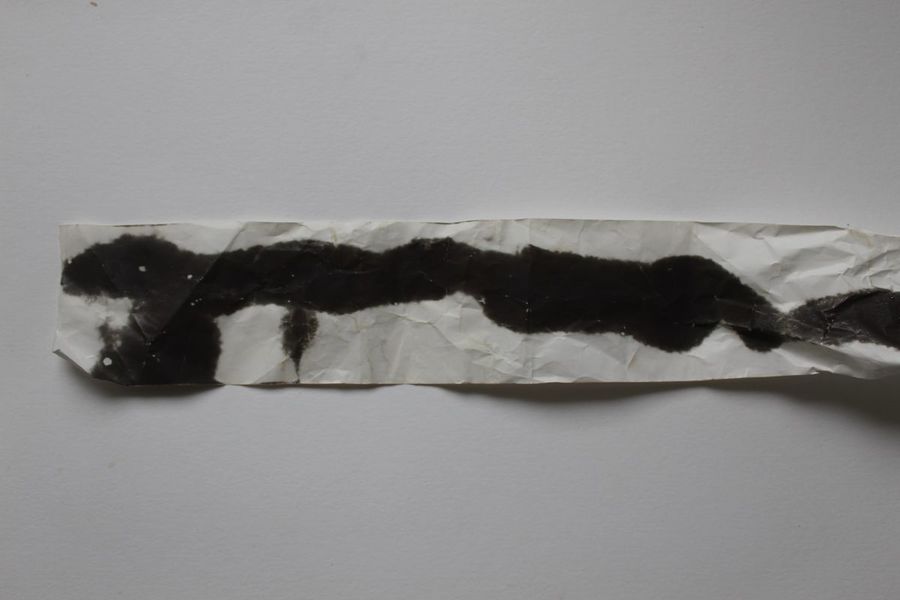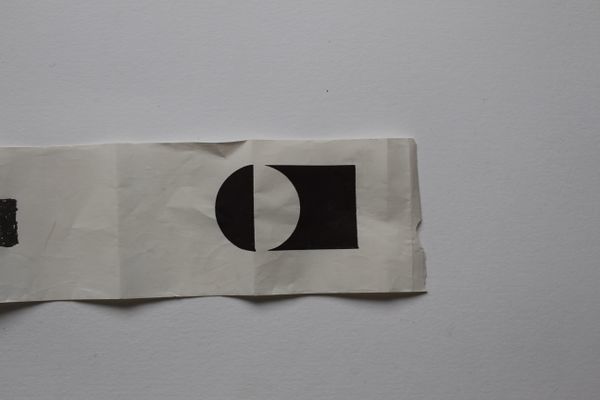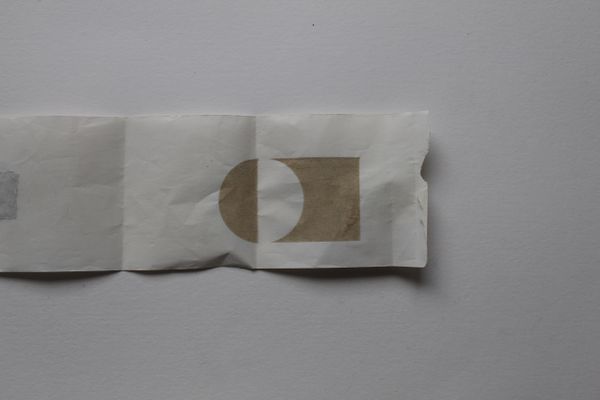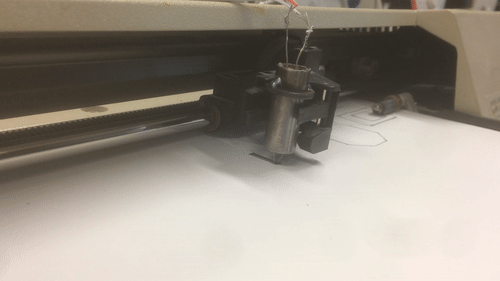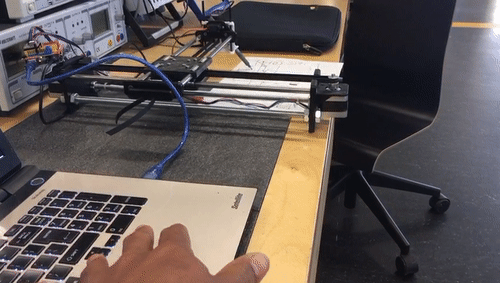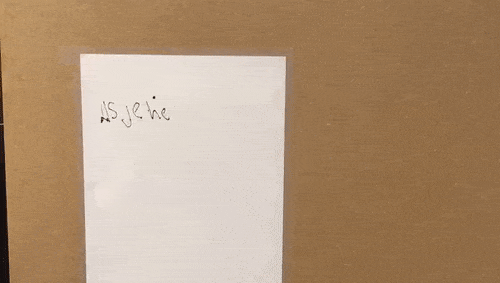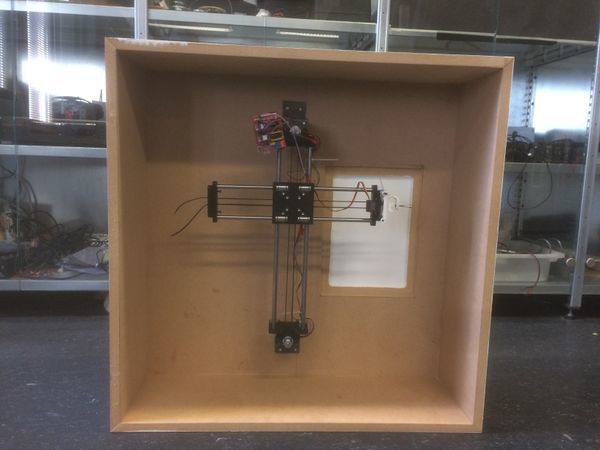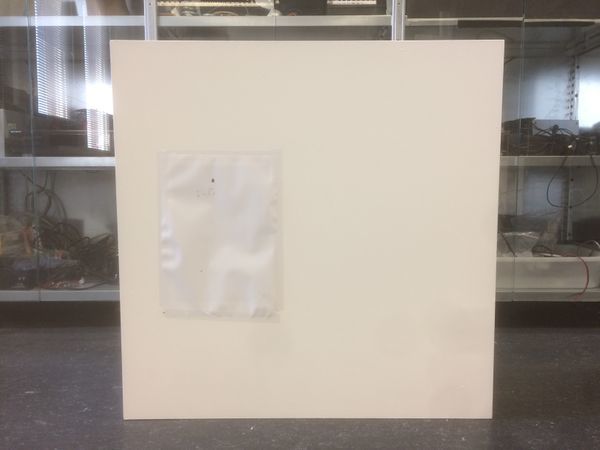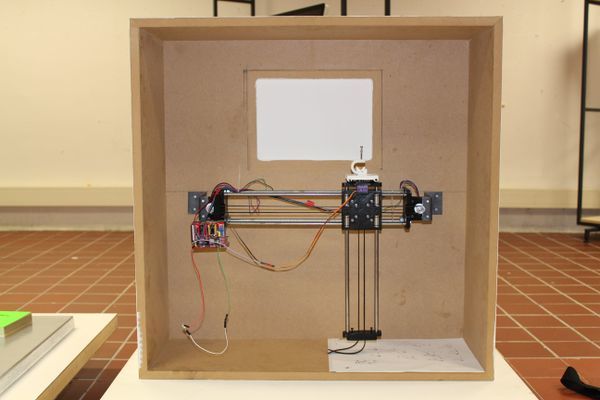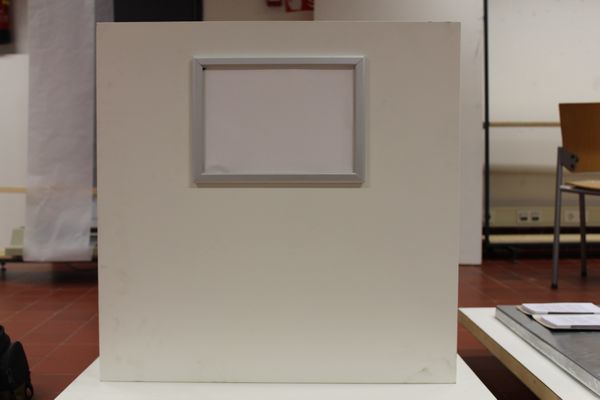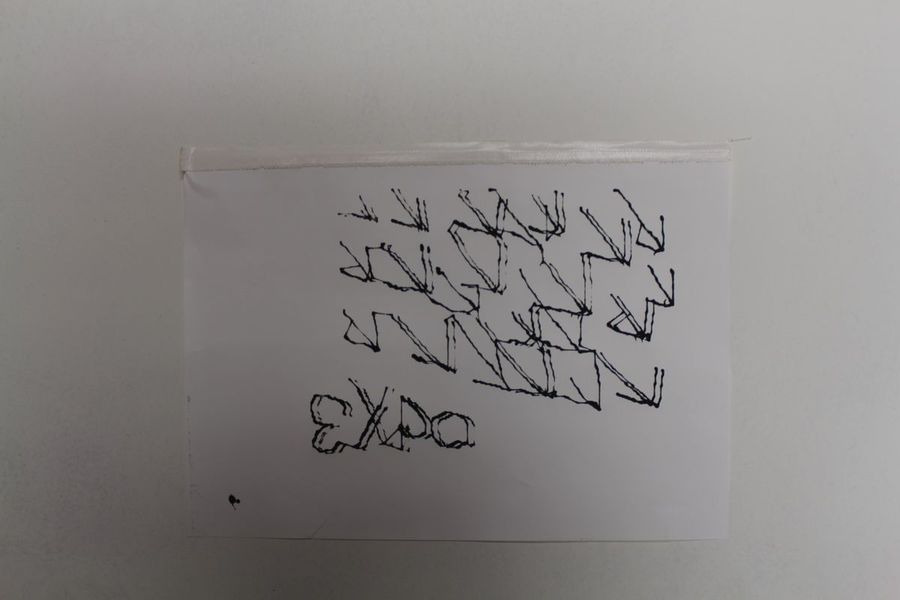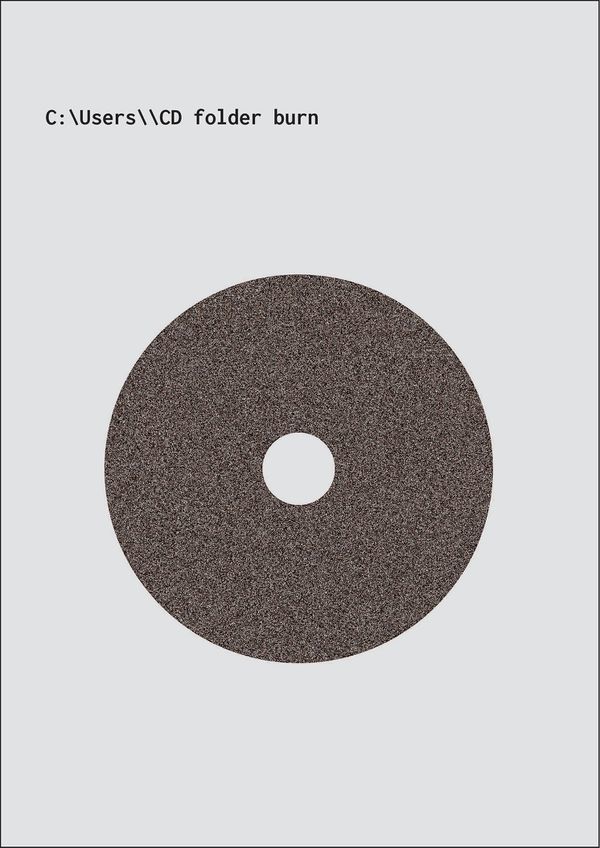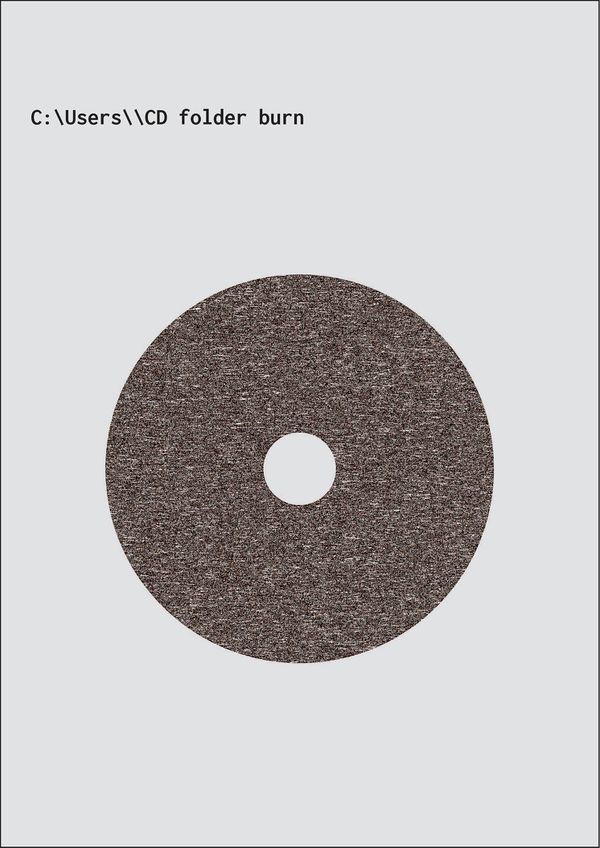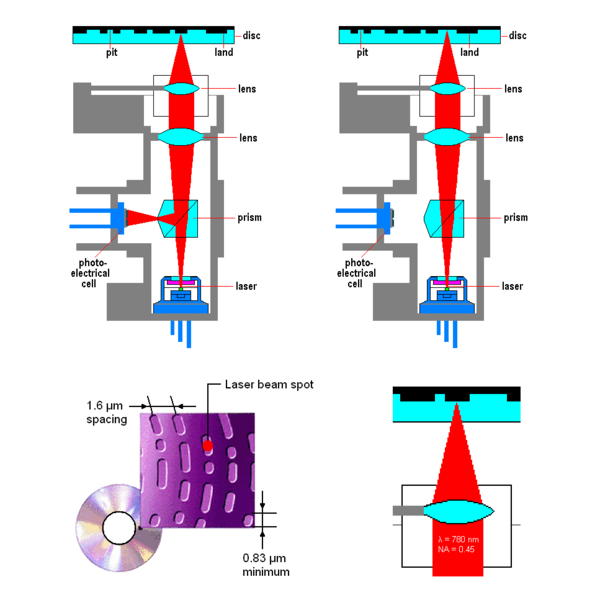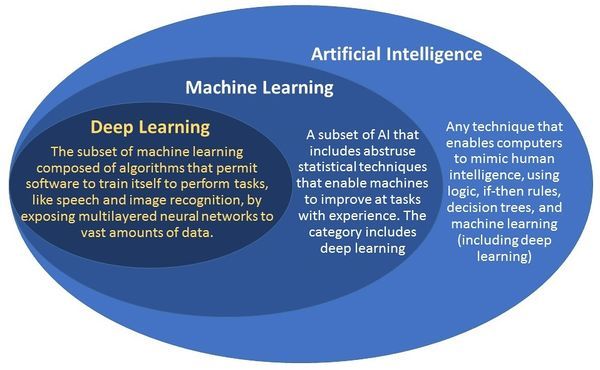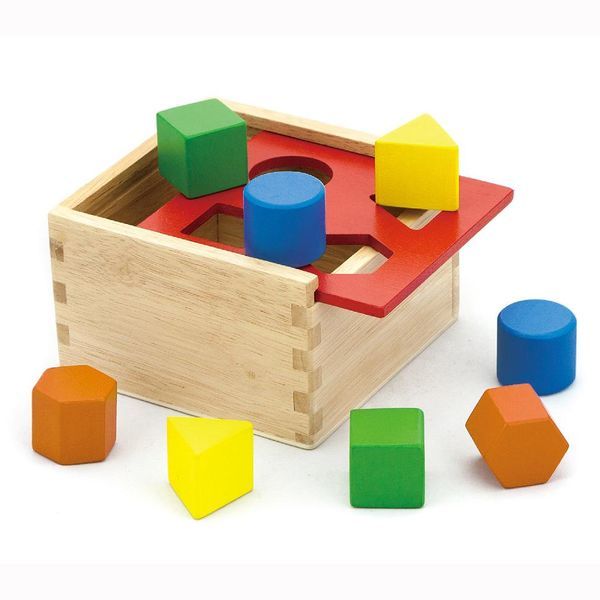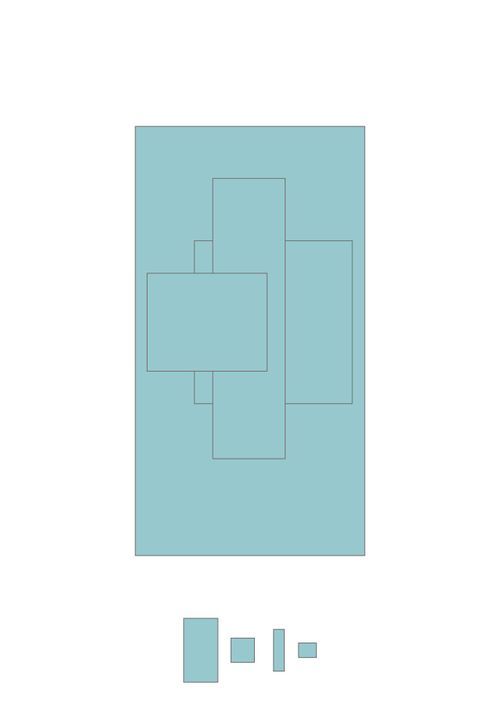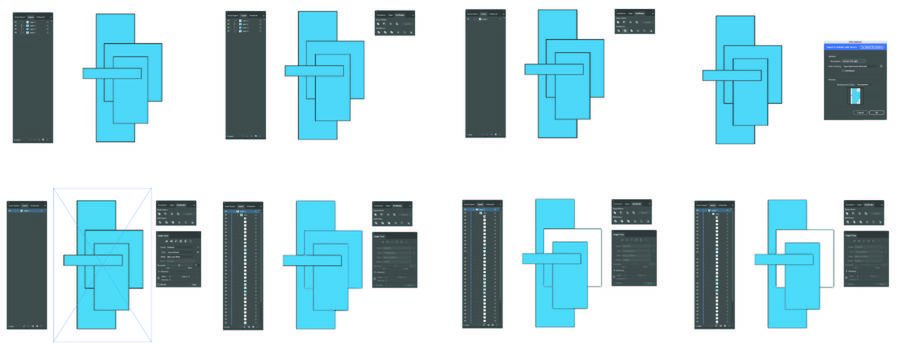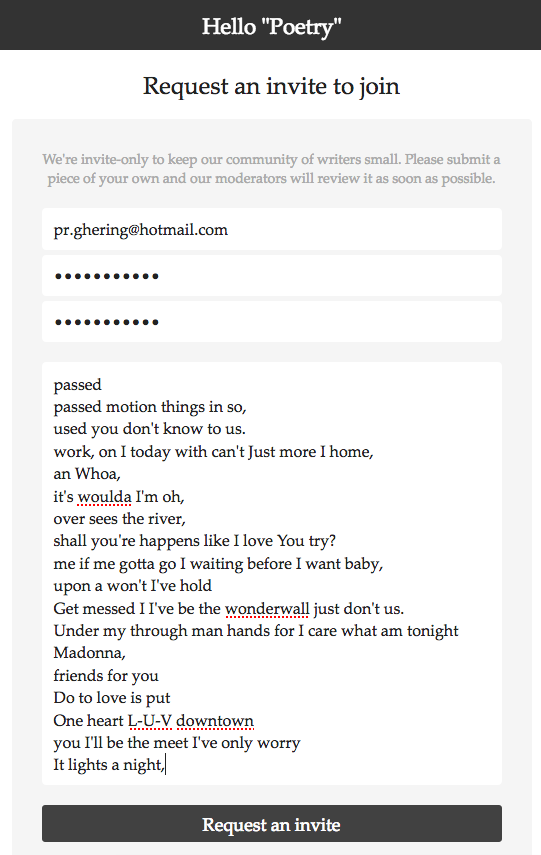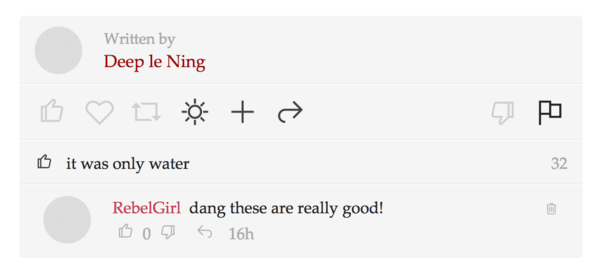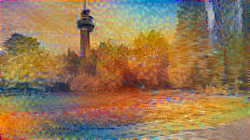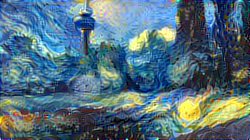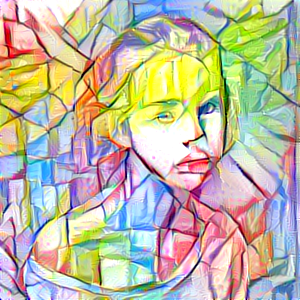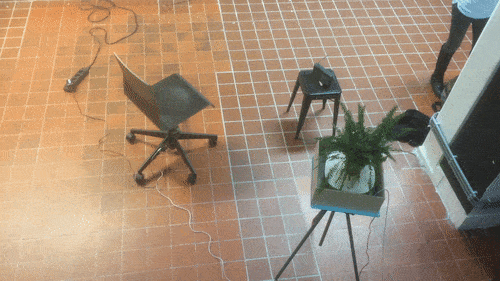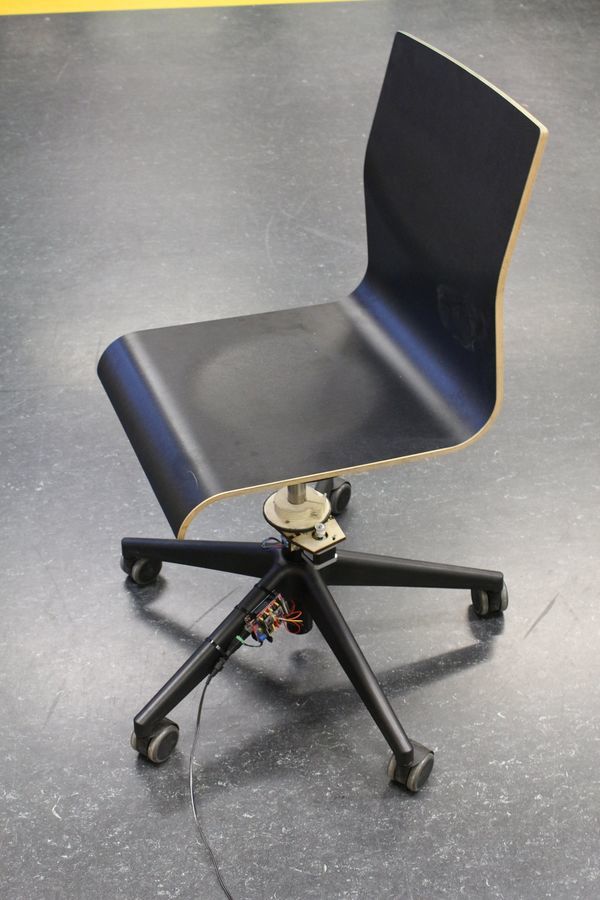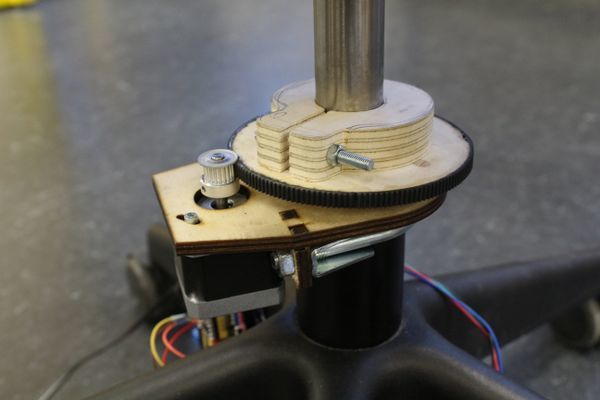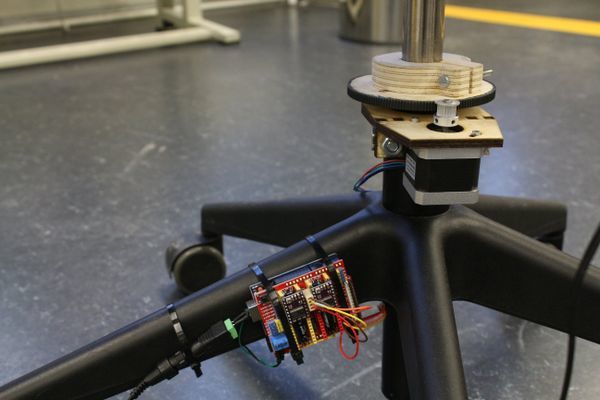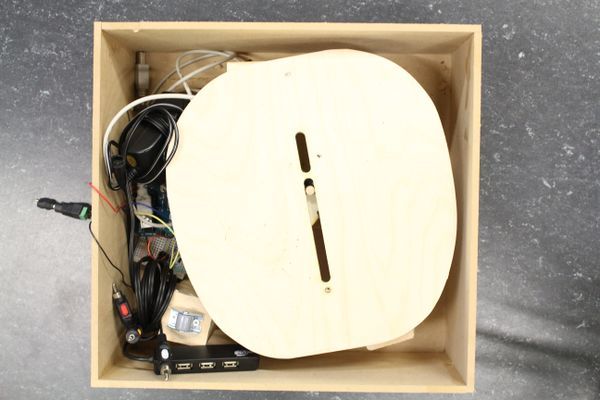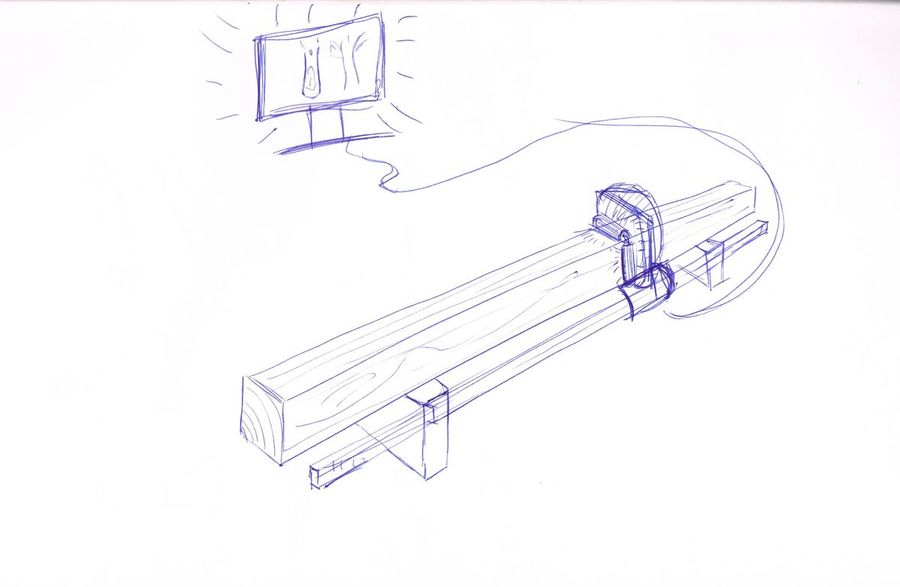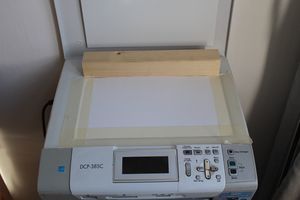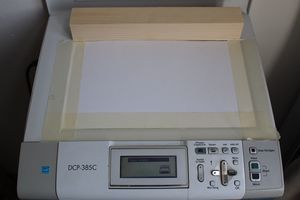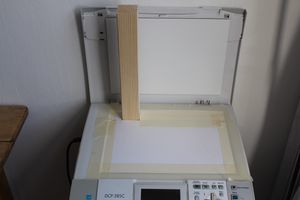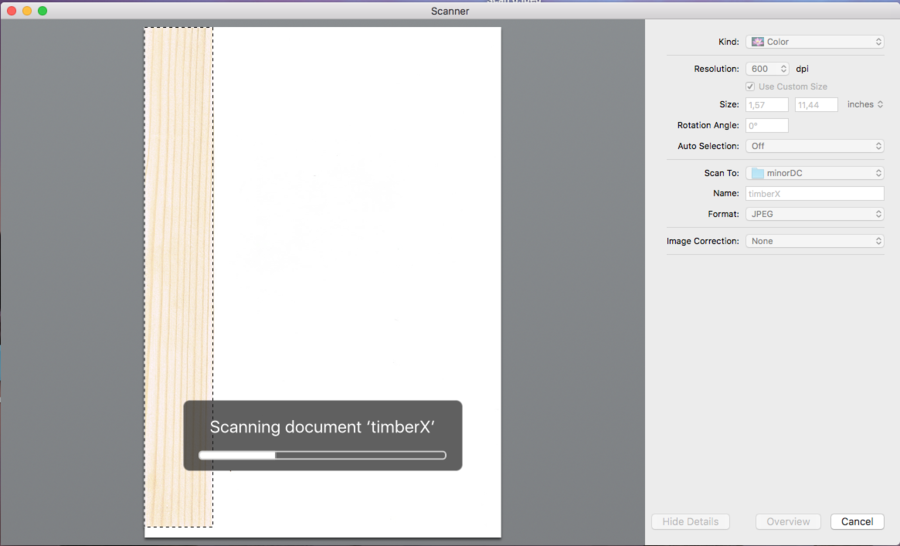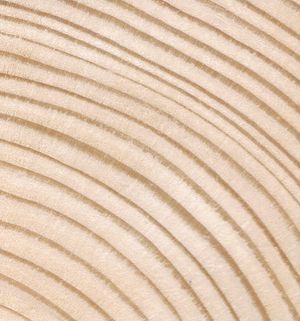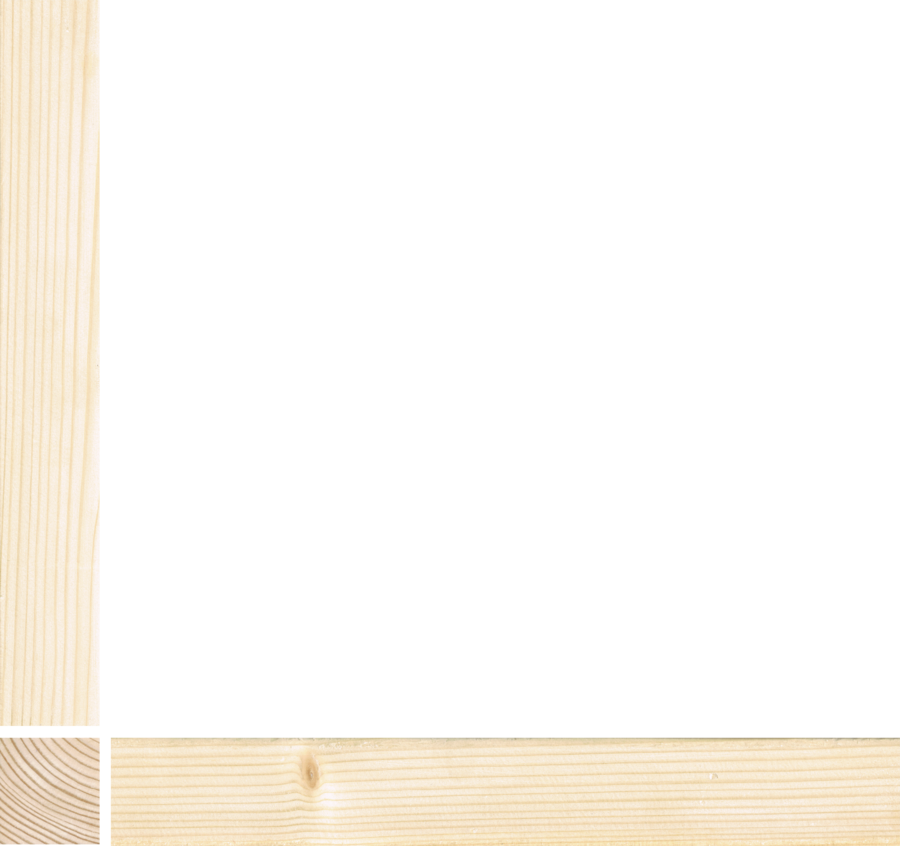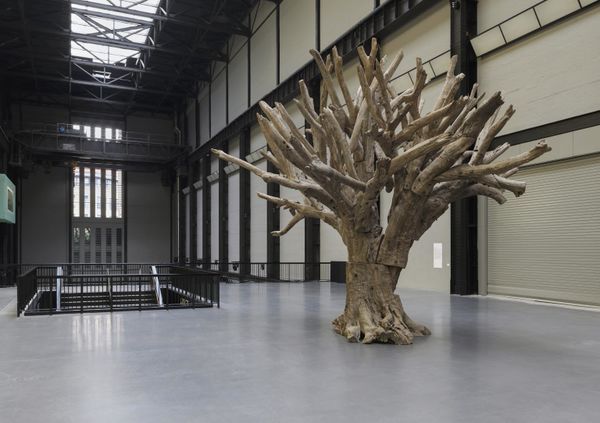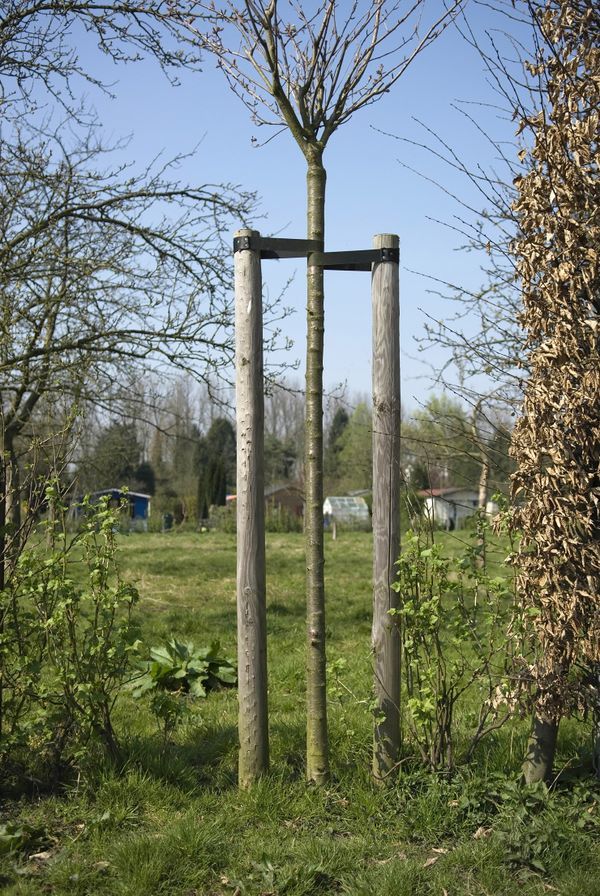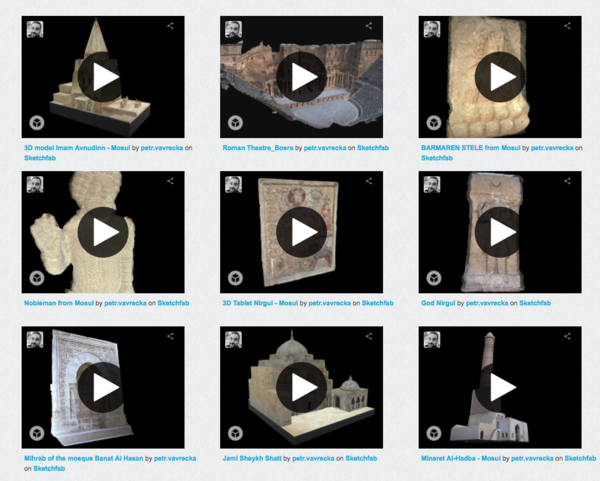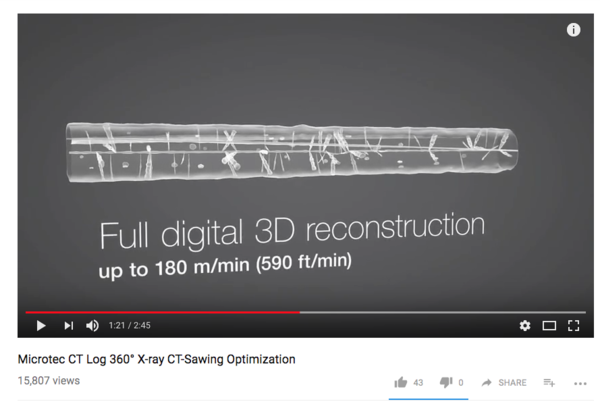Difference between revisions of "User:Tim Reuser"
Tim Reuser (talk | contribs) |
Tim Reuser (talk | contribs) |
||
| Line 299: | Line 299: | ||
https://www.youtube.com/watch?v=YBhxF_W27ls | https://www.youtube.com/watch?v=YBhxF_W27ls | ||
| + | |||
[[File:Screen Shot 2017-11-23 at 20.44.41.png|600px]] | [[File:Screen Shot 2017-11-23 at 20.44.41.png|600px]] | ||
| + | |||
https://www.youtube.com/watch?v=xK4CdNT3DK4 | https://www.youtube.com/watch?v=xK4CdNT3DK4 | ||
| + | |||
| + | http://microtec.eu/en/catalogue/all-products/ | ||
===Useful tool and media=== | ===Useful tool and media=== | ||
Revision as of 19:47, 23 November 2017
Tim Reuser
0891980
Product Design
timreuser.nl
Contents
Project 1: On the body
Draw a body part and design an artifact for this specific part.
The body part I’ve chosen to draw was a hand. For me hands are such important body parts because the serve so many purposes; You can use them to pick something up, feel the shape of something, sense the properties of object, use them to give shape to something, etc.
After being put together in a group with Jeroen and Iikay we’ve discussed what the correlation was between each other’s drawings. As Jeroen had drawn finger and Iikay an arm, there was already an obvious connection their physical form. After some brainstorming and research, we decided that the most interesting reference for these body parts are that historically they have been used as tools for measuring and counting. Going back all the way to the antiquity where they used the measurement of their elbow to their fingertip known as a cubit. The cubit was employed as a tool for measuring in many parts of the world however, the size of a cubit was never the same among the course of history, as standardized cubits that have been found ranged up to centimeter from one another. In modern times, there is still a very obvious link between measurements and body parts. Within the imperial system of units (inch, foot, etc.) the use of body parts is still very evident, though the dimensions linked to these body parts have been generalized.
Cubit rod in the Museo Egizio of Turin, showing digit, palm, hand and fist lengths Source: internet, https://en.wikipedia.org/wiki/Cubit
Cubit rod of Maya, 1336-1327 BC (Eighteenth Dynasty) Source: internet, https://en.wikipedia.org/wiki/Cubit
Imperial standards of length 1876 in Trafalgar Square, London. Source: internet, https://en.wikipedia.org/wiki/Imperial_units#/media/File:Imperial_standards_of_length_1876_Trafalgar_Square.jpg
Self-made cubit. Representing the finger in orange, the hand in green and the elbow in red.
Elaboration on human measurements we came across the well-known Vitruvian man by renaissance artist Leonardo da Vinci. Him having drawn a man in perfect proportions led us to investigate if there was such a thing as a perfect rhythm between body parts. This became the base of our concept for our presentation as explained in the following:
The famous work “L'Uomo Vitruviano” by Renaissance artist Leonardo Da Vinci embodies the ideal human proportions according to rhythm and geometry in analogy to documentations of the ancient Roman architect Marcus Vitruvius, who used human scale as a reference for his constructions. Elaborating on these documentations Da Vinci depicts a man bounded by a square and a circle in which he should fit if his proportions are in harmony with those assumed as the ‘holy ratio’. Accordingly, the square and the circle became a symbol of the Renaissance and architects based their structures on these mathematic figures and dimensions in search for geometric perfection.
Inspired by this concept we engaged on a study aiming to find a ‘Vitruvian’ among us. By using 3D scanning and performing measurements we’ve collected data, which we then compared to the rhythm and geometry established by Da Vinci.
Palm width equals the width of four fingers
Cubit length equals the width of six palms
Body length equals the length of four cubits
Arm span equals the length of the body
Like the Vitruvian man of Da Vinci we have used a circle as a reference for the perfect proportion. The more the proportions of our subject divert from those specified by Da Vinci, the more distorted the circle becomes.
A tool to measure the proportions of the body
Project 2: Inhuman factors/ sensitivity training
Heat Sensor
For the first assignment of the second project I made both a heat sensor as well a touch sensor. For the heat sensor I made circuit that consists of a 9V battery serving as power source and a temperature responsive transistor as heat sensing functional component. A potentiometer in the circuit allows adjusting the temperature range (sensitivity setting) of the transistor’s responsiveness. A LED diode is used to monitor temperature changes. It is ‘off’ at the lowest temperature setting and starts to light up brighter and brighter when the temperature rises. In addition to these main components, there are several resistors in the circuit to regulate the flow of current. The circuit of the touch sensor that I fabricated is somewhat similar. Here too, a 9V battery feeds the circuit. The functional component is very simple and consists of two parallel blank wires that when touched connect. When the circuit is closed by the touch of the finger, the current runs both through a LED that lights up as well as through a small speaker mounted in parallel with the LED and producing a signal. Sweaty fingers provide greater conductivity causing brighter light and louder sound. Also this circuit contains several resistors to control current flow.
For the second part of the project and to further explore sensors I teamed up with Alex. Together we decided to elaborate on the heat sensor. After some research and brainstorming we decided that we were both more into exploring heat sensitive materials, which can also be seen as heat sensors, than using a heat sensor to activate any kind of process. We felt that keeping the process basic and using the least number of added elements would make the process optimally transparent. Therefore, we both started looking for materials that were responsive to heat, instead of elaborating on electronic circuits build for heat sensing and heat monitoring.
How it started for me is that I remembered that I once tried to iron a receipt to get the wrinkles out. The wrinkles didn’t get our and the receipt turned totally black. I had never asked myself the question why. But in the course of this project it suddenly crossed my mind that the paper used for printing the receipt may have had some kind of heat sensitive coating. Searching the Internet I found that most receipts aren’t printed with traditional ink cartridges, but that the ink is already in the paper and activated by heat. This technique is called thermal printing.
The paper is coated with a wax-based ink that turns black when exposed to heat.
We found this phenomenon quite interesting in relation to materials that act in some way as heat sensors and decided to experiment with it. We got hold of heat sensitive receipt rolls and started testing by holding the paper close to a flame and subsequently putting it under the laser cutter. Exposure to the flame caused big and uncontrollable black patterns, but with the laser cutter we succeeded to produce better-controlled and more accurate results. However, because of the pretty strong laser beam heat we had to flip the paper backside up for it would otherwise burn off the entire heat sensitive layer.
This actually led to the idea of heating the paper from the backside so that the ink would appear on the front side without visible sight of the ‘activating’ heat source. This set up would cause a sort of magic effect as text and illustrations would appear without understanding how. To work out this idea, we bought A4 thermal paper so that we could make bigger size prints. Also, we decided that it would be nice to connect the heating element to a plotter thereby creating a stand-alone instrument for writing text and making illustrations.
For our idea we used a DIY 4xi-drawing machine and mounted it in a box. A hole was made through which the heating element could reach the paper that covered the hole. This way the heating element controlled by the plotter could reach the paper from the backside and create accurate drawings on the front side.
For the midterms we decided that it would be even better if the machine would be capable to magically draw a poster for the exhibition in real-time. For that purpose, we used a snap frame to hold the poster while being generated.
After receiving the question about the idea that this final form in which we had presented was the most appropriate and exiting I got motivated to once again think of the material and in what other ways it could be used in a project. I remembered that when experimenting with the laser cutter we noticed that thermal printing can be highly accurate in producing thin and detailed lines. Because a CDROM, while writing, also uses a laser beam to etch small holes in the disk I got the idea that is might be possible to place the thermal paper on the driver. This way the data could perhaps be written and captured on the paper instead of a disk by activating the ink with the laser beam.
Project 3: Mind (of) the machine
For this project I collaborated with Philip. Firstly, both of us wanted to acquire a little better understanding of ‘artificial intelligence’ in order to use it appropriately for our project. I’ve come to learn that artificial intelligence is a collective term for multiple forms of computer-generated outcomes. For instance, in the field of artificial intelligence there are intelligent programs that can play chess. Still, this ability is based on a form of logic that has been programmed. A more complex subfield of artificial intelligence is machine learning. Within this realm, the computer has the ability to not only follow a specific algorithm, but also is able to make adjustments based on feedback. The most complex form of artificial intelligence is deep learning. It takes machine learning one step further. As far as I have understood, deep learning uses large sets of data that are first ordered and analysed, followed by the computer tying to create something new with it. The ‘product’ of each step is compared to the original input. The computer learns so to say from its mistakes and tries again and again to improve the result. The process is gradient-based; nearing the end, the corrections become smaller and smaller at each time.
When we had completed our initial research, we set down and discussed what project could fit the theme of computer intelligence. Many ideas came up, one of which appealed to me most. I was immediately fascinated by the idea of trying to challenge a computer solving a problem that is really super simple for humans, but very complex for a computer. The human brain has learned to deal with physical matter by receiving continuous input from the senses. Computers on the other hand work with figures in a mathematical way. Therefore, a computer needs a very advanced set of rules to mimic matter and solve a physical problem.
The idea I came up with revolved around how infants learn about shapes in the process of trying to put randomly shaped blocks through similarly shaped holes of a box. While doing so they develop spatial intelligence and learn to recognise primary shapes. Understanding primary shapes also enables humans to decipher the order in which multiple shapes are stacked upon each other.
To investigate whether a computer can do this equally well as I can, I have done a simple test by drawing multiple overlapping shapes in Illustrator. Each of the physically different shapes was drawn in a different layer. The human eye supported by the brain and the information contained in it can easily distinguish the different shapes and the order in which they are stacked. However, when using the ‘merge’ tool in Illustrator the computer fails to distinguish between the different shapes and the order in which are stacked and what the order would be according to human intelligence and consensus.
I was truly intrigued and tried to come up with an idea of how a computer would deal with this problem. Knowing little about computer programming, it occurred to me that algorithms have to be fed into the computer by humans to solve problems like these that are easily solved by the trained human brain automatically fed by the senses.
After struggling for a while with computer codes we had to conclude that writing a program able to detect shapes in a certain arrangement was way too complex. At this stage, I decided to compose a booklet about how it might be possible through the use of computer inherent abilities, like contour detection that compares pixel contrast in an image and grid snap functions that assigns a system of coordinates.
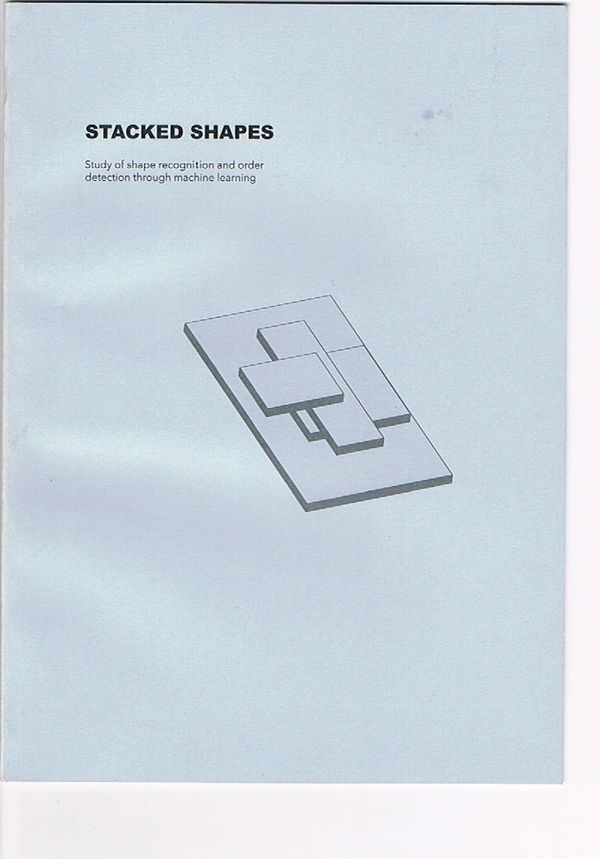 ------> Shape Recognition publication
------> Shape Recognition publication
In the end we decided to work with a computer-learning program called ‘tensor flow’ to generate poems from pop music lyrics as input. We then submitted the poem to a poem community website that granted us access and got some nice feedback from other members.
Philip also managed to find some other deep learning programs. One that was able to create images in the style similar to that of famous painters and a program that could generate music by practising from exiting ones.
The thing that interests me most about artificial intelligence is deep learning because it seems to leave room for surprise. The unexpected may happen. In my opinion, the way computers are commonly used is affirmative: what you put in comes out, because computer function is based on mathematics.
Project 4: Mica Workshop
Essay: What is your craft?
“In between a raw material and a finished product is the area in which I like to operate most. Taking steps back in established ways of using a material and reinventing it for new use or for new aesthetic values is fundamental in my work.
My work is often based on a certain trouvaille that I get during the process of researching a material or subject and hands-on testing. Whether it’s pushing the boundaries of a material, creating new forms or more conceptual work, the process is always an important factor that is highlighted in the end result.”
I formulated this statement while composing my portfolio during the third year of my studies at Willem de Kooning. Defining my way of working in a few sentences guiding me towards and resulting in receiving the most appropriate internship. That is how I formulated my future objective at that time.
Reflecting on the previous years and detecting a correlation and consistency in my work now stretches beyond convincing people to hire me. The way I formulated my mode of operation has become a gauge for me rationalizing my work. It is a source for inspiration; a criterion for further reflection on study progress and justification of the chosen direction towards my future as product designer.
Even though my choice to follow the minor Digital Craft can be seen as a ‘minor’ detour from my preferred track of operating, as formulated by the statement in my portfolio, my focus hasn’t changed. On the contrary, since then I have gained new experiences and insights that allowed me to interpret my original statement in a broader context and sense, while still using it as a primary, functional, guide.
At first sight, digital technology and its applications seems quite distant from working with tangible materials that can be transformed into equally touchable design products. But, actually, a parallel can be drawn. Most people are able to imagine how a tree trunk is cut to produce timber that is then used as building material for a large range of products. Even, how iron ore is transformed to steel for similar and additional applications. Digital technology is more difficult to grasp, at least for most people, and less easy to access -for me too- so that the idea does not occur to approach digital technology as if it concerns material. As complex as the digital world manifests to the laymen, in essence it can be seen as ground material for artistic work, just like any other material.
Computers commonly use interfaces. These function as translator between computer language and every day language, readable and understandable by humans. However, if we look beyond the interface we find the actual raw material that we can fabricate. If we compare, the other way around, digital technology and tangible materials like wood and iron one can, for instance, imagine timber as an interface. Hidden behind it is the tree, as raw data, c.q. the source material. The timber itself, by its specific nature, feeds us with information and provides a display of what products can potentially be made with it and what tools will be needed. Timber can be sawed, glued together to a larger structure, shaped on a lathe, carved, etc. If the computer interface is seen as a stage between the raw source material and the final product the concept of using the digital interface as such can inspire artists and designers, and open-up new possibilities and technological applications.
My craft is exploring the essentials of materials, reinvention them through acquired knowledge and repurpose them in contemporary society. Conventionally, these materials were ‘naturals’ like wood, metal, and stone, but Digital Craft has allowed me to extend my way of thinking and working through digital technology, because I believe, it can be processed in a similar way as physical materials.
The minor Digital Craft has changed my gaze at this stormy upcoming new technology both by attending the courses as well as by research and experimentation. For myself, I noticed a shift in position, from being a distant observer along the sideline, with no understanding of what is happening behind the interface, to a better aware user able to look at the digital discourse more critically. Newer technologies are often presented as tools to enhance the quality of life and, therefore, it seems axiomatic to incorporate them in our daily life without any further questioning.
My drive is not to force progress through technology; for me, ‘progress’ is too ill defined and too complex for assigning it to a project or product of any nature. My intention is to exploit existing and any form of upcoming technology to create artistic, tangible, accessible, but also symbolic design products.
For the coming quarter (Q14) I am intended to use digital reconstruction technology that is commonly applied to reconstruct ancient archeological findings into images that represent the original appearance as accurately as possible. In my way of working l will try to see if that technology can be used to turn timber -as interface- back to a visual tree. The idea of first dissecting a tree into pieces and subsequently resurrecting that same tree with present day digital technology excites me as a challenging, appropriate, way to explore the human controlled relation between nature and technology.
Project 5: self initiated project
Scrolling through a pine tree
Final project
Concept
Should the human controlled relation between nature and technology be argued as the distinction between the material world and the digital world becomes increasingly blurred.
How can technology be used to enhance an object appearance.
The mundane made extraordinary by digital technology
Possible elaboration
---controlled relation--- Humans have a way of employing control over natural processes. Technology has helped us overcome our inherent limitations. One of the biggest challenges yet is to overcome the result of our own choices as some processes can’t be reversed. When a tree is processed into timber we can’t turn in back into a tree. This project makes an effort to do exactly this. We control the technology and the natural as we try to resurrect the original tree from the processed timber.
---controlled relation--- Humans have a way of employing control over natural processes. Technology has helped us overcome our inherent limitations. One of the biggest challenges yet is to overcome the result of our own choices as some processes can’t be reversed. When a tree is processed into timber we can’t turn in back into a tree. However, as and exercise of our ambition to control the irreversible we can make a representation of the original form. By sliding through the timber, we can maneuver through the original object that no longer exits.
---Grand Tour---
We increasingly experience the world from behind a computer screen. We have become very comfortable with this way of interacting. For some people, this way of experiencing the digital form of the object is just as real as the true physical object. This new form of exploring is contrast with the tradition Grand tour, an aristocratic activity of visiting cultural sites to educate oneself. Instead of visiting the place we look up pictures of the place.
Research
Having moved through the distrustful escapism of the Romantic era, modernism's celebratory embrace of technological progress, and a decade or so of postmodernism’s apparently flippant repudiation of humanism, artists today approach technology and science more cautiously. They recognize that these tools that may be employed for good or ill upon our bodies and our natural environment. And in fact, in the fate of these two essential entities is intertwined, for we are, as Pollock once said in a very different context, nature, and we separate ourselves from it at our peril. In keeping with this recognition, artist today sound warnings about the arrogant privileging of human desires over the well being of the natural world, and about reckless tinkering with the human body, whose outcome no one can predict. Most are aware that technology end science, like the evils of Pandora’s box cannot be retrieved once they have been released upon the world, and thus often use their lessons to solve the very problems they have created. (Heartney, 2013)
“The jungle ride at Disney World may in fact be more real to most people than the real jungle in the Amazone… More and more people are becoming more comfortable in the simulated world than in the real one” Peter Halley CHECK SOURCE
Refferences
Ai wei wei, Tree, 2010
Tree 2010 is a monumental sculpture assembled from the dry, dead branches, roots and trunks of numerous species of tree, such as camphor, cedar and ginkgo, that Ai Weiwei gathered from across the mountainous southern region of his native China. The sculpture mimics the form of a real tree, although the cuts and joins are left visible, highlighting the different types of bark. Although it is a unique work, there are fifteen similar sculptures with the same title dating from 2009 onwards, all of which are smaller in size and which can each be exhibited either inside or outdoors. This Tree owned by Tate was on display at the Helsinki Art Museum as part of Ai’s solo exhibition held from September 2015 to February 2016. Tree also served as a mould for a related iron sculpture entitled Iron Tree 2013 (Yorkshire Sculpture Park, Wakefield).
Tree celebrates an indigenous Chinese custom, typical of the markets in and around the town of Jingdezhen in the northeastern Jiangxi province, in which vendors sell distinctive tree trunks, branches and curiously shaped roots as objects to be appreciated and displayed in the home. Ai visited Jingdezhen while working on his installation Kui Hua Zi (Sunflower Seeds) (Tate T13408) for the 2010 Unilever Commission at Tate Modern, London. Tree also evokes traditional Chinese Zen gardens, sites for contemplation and retreat associated with Buddhism and Taoism in particular. These gardens represent the world through cycles of birth, maturity, decay, death and rebirth. They depend on an appreciation of the aesthetic and contemplative value of trees, rocks and other natural elements. In this context Tree can be read as a reference to Taoist ideal of harmony – unifying the work of man with nature as well as linking the earth and the sky.
Tree also draws attention to the conceptual relationship between material and form in sculpture. Although different trees have been reduced to their essential material and then reassembled by the artist and his assistants in a form that resembles a tree, the intention is not illustionistic. The viewer is not led to believe this is a natural living tree; rather the visible joins and changes in the work’s surface reveal its artificiality and the method of its contruction. This approach can be compared with the artist’s earlier Table and Pillar 2002 (Tate T12809). In this work Ai reconfigured individual elements of a table and pillar from the Qing dynasty into a new form, denying its original function and effectively destroying a piece of antique furniture. In their new and afunctional form, both sculptures exemplify the artist’s interest in the physical and aesthetic qualities of material and its transformative nature. He has emphasised the importance of ‘readymade’ materials for his art: ‘My work is always readymade. It could be cultural, political, or social, and also it could be art – to make people re-look at what we have done, its original position, to create new possibilities. I always want people to be confused, to be shocked or realize something later’ (quoted in Delson 2011, p.63).
Ai’s work often points to complex social and geopolitical issues affecting contemporary China. The dry wood of which Tree is composed draws attention to the country’s rapid urbanisation and economic growth, which have resulted in damage to the natural environment and the suppression of traditional culture. In addition, the act of bringing together numerous individual branches to create a whole can be read as symbolic of the relationship between the individual and society, a broader issue but one which has particular resonance in a Chinese context.
http://www.tate.org.uk/art/artworks/ai-tree-t14630
art movement Arte Povera
https://en.wikipedia.org/wiki/Arte_Povera
http://www.iuav.it/Ateneo1/chi-siamo/pubblicazi1/pubblicazi/immagini/Arte-Povera.pdf
Giuseppe Penone, Tree of 12 metres, 1980
Tree of 12 Metres was made by scraping away the wood from a felled tree, which had first been roughly sawn into a beam, to reveal its internal structure of narrow core and developing branches. Penone's aim was to return the tree to the form it had had at an earlier stage of its growth, making visible natural processes which are normally hidden. He made the first of his Albero or Tree works in 1969. In 1970 two Trees of 12 Metres were made as performances in the Moderna Museet, Stockholm, and at the Aktionsraum, Munich. These early Trees were still partially attached to the industrially-sawn beams into which they had disappeared and from which they now emerged like sculptural reliefs. In this semi-emergent state they were supported horizontally or propped diagonally against the wall in the space in which they were exhibited. With experience, Penone was able to work on increasingly thicker beams which contained the tree's entire core and to cut all the background support away, freeing the tree's centre so that it could stand vertically on its own. In the early 1980s he began to leave short lengths of the beams untouched to provide free-standing bases, from which the forms of the younger trees arise. In this version of the Tree of 12 Metres the artist has left top and bottom ends still trapped inside the beam. A cut at the vertical mid-point has converted it into two pieces, each of which stands on a base formed by the remnant of the beam. The top part of the tree is thus inverted.
http://www.tate.org.uk/art/artworks/penone-tree-of-12-metres-t05557
Helmut Smits, Two Dead Trees Supporting a Living Tree, 2007
Rekrei Project
Rekrei is an online museum of digitally restored Artifacts that were destroyed by ISIS during their iconoclastic attack of the Mosul Cultural Museum in Iraq. Through images from visitors from before the destruction, the pieces have been simulated as a 3D representation of the original work. https://er.educause.edu/articles/2014/5/postdigital-humanities-computation-and-cultural-critique-in-the-arts-and-humanities
scanning wood for knots
https://www.youtube.com/watch?v=YBhxF_W27ls
https://www.youtube.com/watch?v=xK4CdNT3DK4
http://microtec.eu/en/catalogue/all-products/
Useful tool and media
https://www.allegorithmic.com/blog/go-scan-world-photogrammetry-smartphone
https://hci.rwth-aachen.de/fabscan_software
Bibliography
Heartney, E. (2013). Art & today. London: Phaidon Press, p.169.
Peter Halley, in “Criticism to Complicity,” roundtable discussions moderated by Peter Nagy, FLASH ART, no. 129 (summer 1986): 46.

